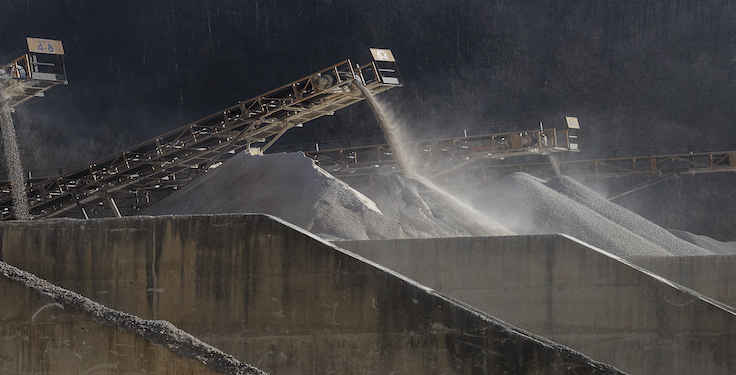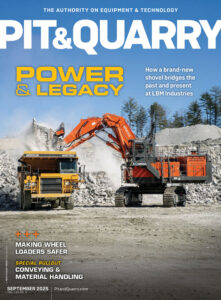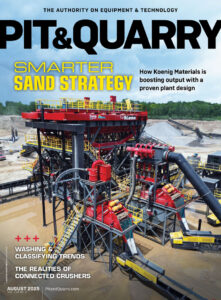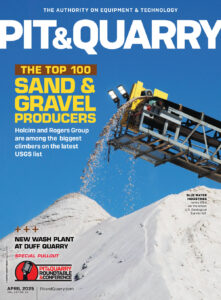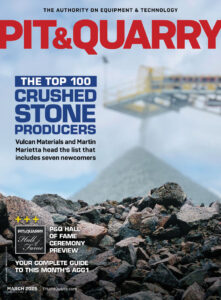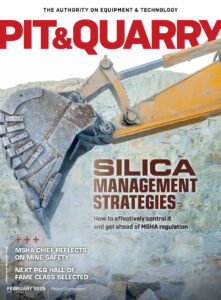demand
The pandemic and its effects on aggregate demand linger
The inability to fully shake COVID will result in minor impacts to aggregate demand, according to P&Q contributor David Chereb. Keep Reading
Projecting aggregate demand in 2020
Producers and manufacturers shared their expectations for the year ahead at this year’s Pit & Quarry Roundtable & Conference. Keep Reading
Report: Silica sand demand to grow annually
A Freedonia Group report says silica sand demand in North America is forecast to expand 5.1 percent per year through 2020. Keep Reading
World demand for construction machinery to advance through 2019
According to World Construction Machinery, a study conducted by The Freedonia Group, world demand for construction machinery is forecast to advance 3.9 percent per year through 2019 to $218 billion. The Asia/Pacific region, Central and South America, and the Africa/Mideast… Keep Reading
Frac sand producers face uncertainty with positivity
Earlier this fall PacWest Consulting Partners, a company that forecasts sand demand, projected sand use would grow by 20 percent in 2015. However, now that oil prices have fallen, many sand fracking companies are retrenching, says an article in The… Keep Reading
Global demand for silica sand reported to increase
According to the World Industrial Silica Sand study by The Freedonia Group, global demand for industrial silica sand is forecast to advance 5.5 percent per year to 291 million metric tons in 2018, with a value of $12.5 billion. This… Keep Reading
High demand: Pairing growth with deliverability
A Texas producer’s rapid growth puts a dealer’s serviceability to the test. The dirt in southwest Texas is as soft as baby powder, so a plant operator is bound to get an ear full of dirt when 40-mph winds come… Keep Reading
Aggregates demand to increase sharply after 2013
The drop in aggregates consumption during the past five years has been unusually large owing to the recession (of course) and the sharp decline in aggregates intensity. Aggregates intensity has dropped by more than 37 percent since 2006. No doubt… Keep Reading

